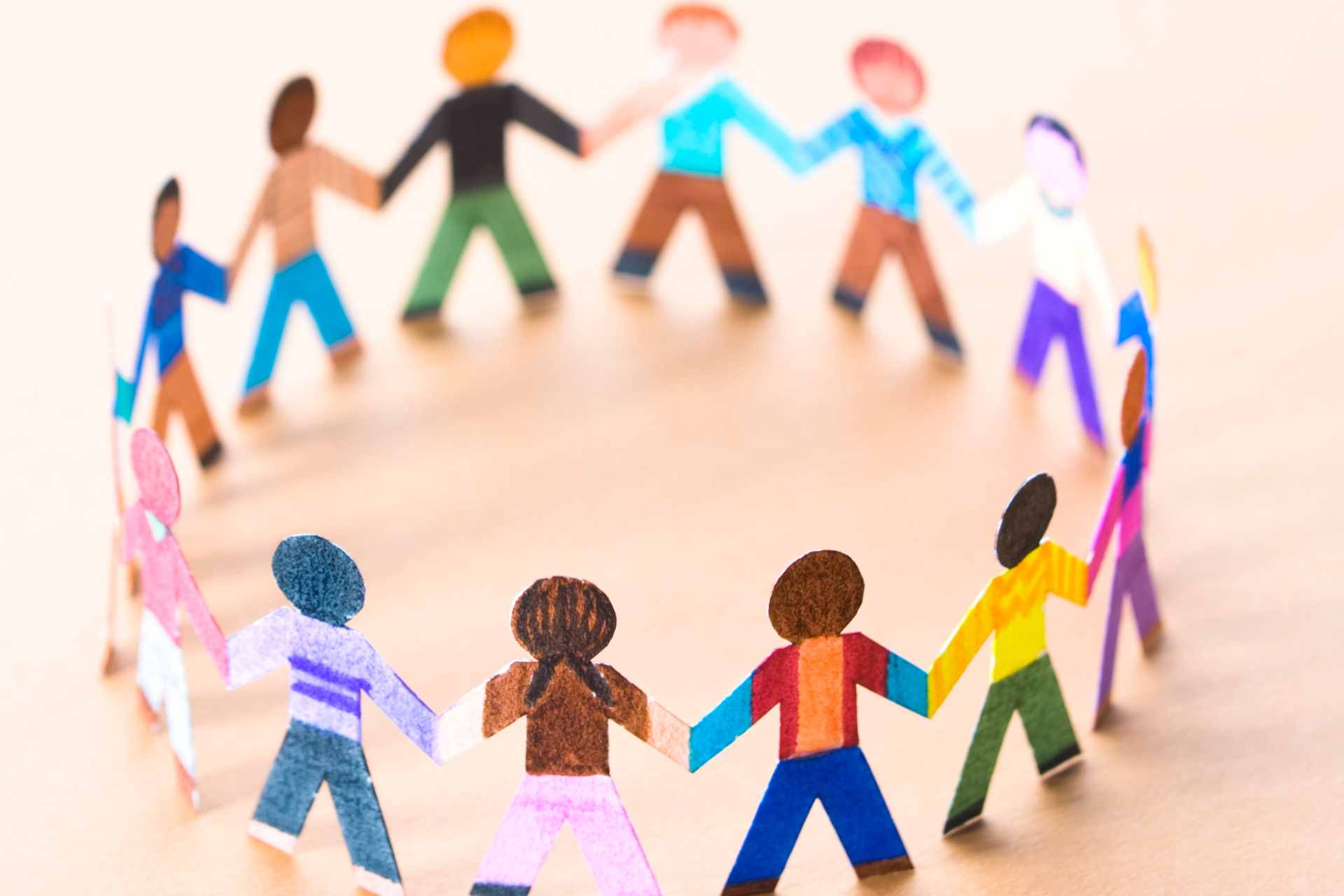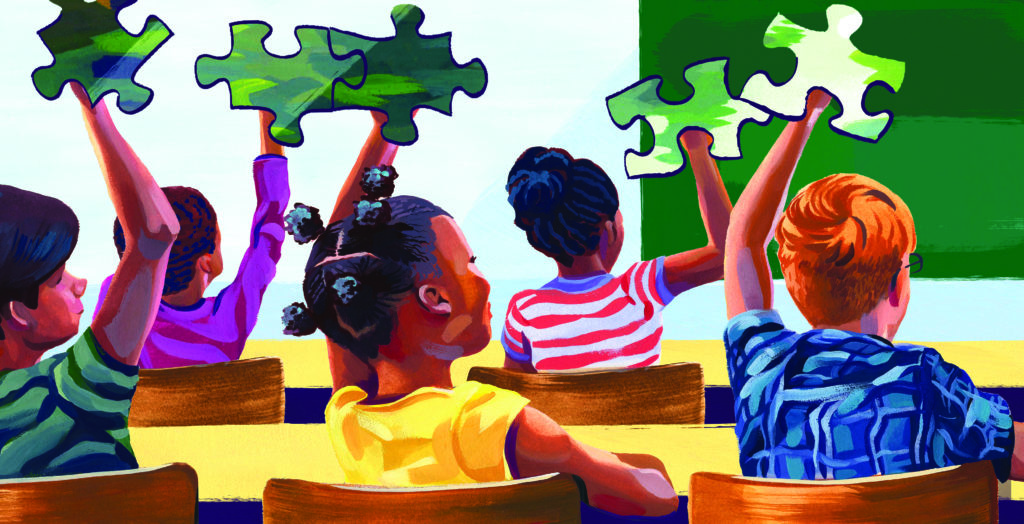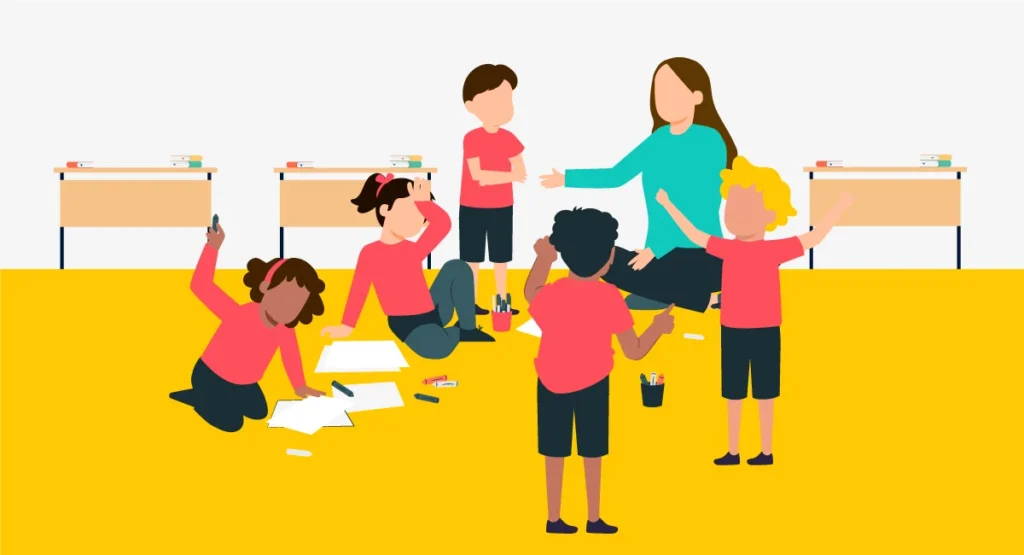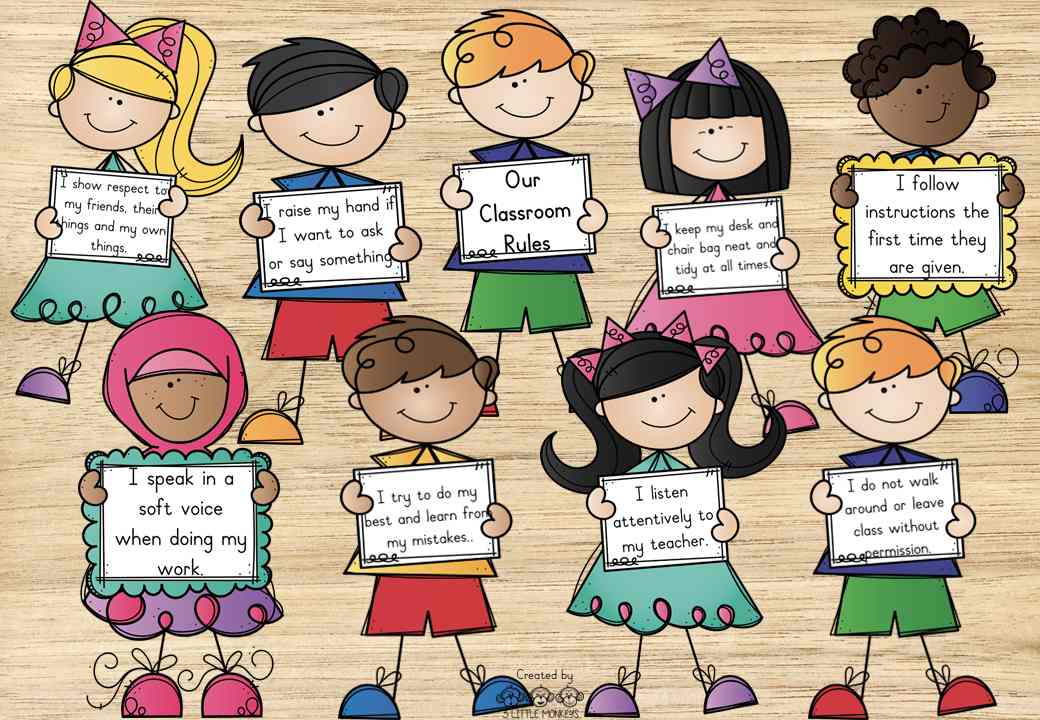In today’s changing world, the way we handle discipline in schools matters more than ever. Traditional punishments like detention or suspension often fail to improve student behaviour. Instead, they make students feel rejected and disconnected. But there’s a better way — a method that encourages students to reflect, grow, and feel supported. This approach is called Restorative Discipline, and it is transforming classrooms across the world.
At Verified Campus, we believe in fostering positive learning environments where students feel heard, respected, and motivated to improve. Our resources and programs help schools implement restorative practices that build stronger relationships and better outcomes for everyone.
This article will help you understand what restorative discipline is, how it works, and why it’s so effective in creating a positive learning environment. If you’re a student, teacher, or parent, this guide will give you the full picture in simple and clear language.
What Is Restorative Discipline?
Restorative discipline is a practice that focuses on repairing relationships when conflicts happen, rather than punishing the person who caused harm. It helps students understand how their actions affect others and encourages them to take responsibility.
Instead of asking “What rule was broken?” restorative discipline asks, “Who was affected and how can we make things right?”
For example, if a student bullies another student, instead of just giving detention, a restorative approach would include a conversation. The student would meet with the affected person, guided by a teacher or counsellor, and they would talk about how the behaviour caused harm. The goal is to repair the relationship, not just punish the student.
Impact of Restorative Discipline
Restorative discipline has a powerful impact on school environments and student behaviour. Unlike traditional punishment-based systems, restorative discipline focuses on repairing harm, building accountability, and restoring relationships. This leads to healthier interactions between students and teachers and creates a more supportive and inclusive classroom atmosphere.
Here are the key impacts of restorative discipline:
-
Improved Student Behaviour
When students are encouraged to reflect on their actions and understand how others are affected, they become more responsible. This reduces repeat offenses and promotes self-discipline. -
Stronger Relationships
Restorative practices help students build trust and empathy. Open conversations and active listening create better relationships between peers and between students and teachers. -
Safer School Environment
By addressing conflicts early and peacefully, restorative discipline reduces bullying, fights, and emotional stress. Students feel safer and more respected in such environments. -
Higher Engagement in Learning
A positive and respectful classroom helps students stay more focused and involved in their studies. When discipline is fair and inclusive, students are more motivated to attend and participate. -
Reduction in Suspensions and Expulsions
Schools that implement restorative discipline often see a significant drop in out-of-school punishments. This helps students stay in the learning process and avoid falling behind. -
Development of Social and Emotional Skills
Through restorative conversations, students learn essential life skills like empathy, communication, and problem-solving, which benefit them beyond the classroom.
Why Schools Are Moving Toward Restorative Discipline
There are many reasons why schools are now using restorative discipline. One of the biggest reasons is that it reduces repeated misbehaviour. When students are simply punished without understanding why their actions were wrong, they often continue the same behaviour. But when they are part of a restorative conversation, they begin to see the effect of their choices.
Here are a few more benefits of this method:
-
It builds trust between students and teachers
-
It improves classroom behaviour
-
It reduces suspensions and expulsions
-
It supports students’ emotional well-being
-
It creates a peaceful school environment
Schools that use restorative discipline report fewer fights, less bullying, and more teamwork among students. Teachers also say that students are more respectful and ready to learn.
The Key Elements of Restorative Discipline
Restorative discipline involves several key elements that work together to make the approach successful:
-
Restorative Circles: This is a space where students and teachers sit together and talk openly. These circles can be used to solve conflicts, share feelings, or talk about classroom issues. Everyone is given a chance to speak, and others listen without interrupting.
-
Restorative Conversations: When harm has been done, a teacher guides a conversation between the student who caused the harm and the one who was affected. The focus is on understanding, not blaming.
-
Accountability: Students are encouraged to admit their mistakes and take responsibility. This helps build character and emotional maturity.
-
Repairing Harm: Instead of just saying “sorry,” students are asked to take real actions to fix the problem. This could include writing a letter of apology, helping the affected student, or making a commitment not to repeat the behaviour.
-
Supportive Adults: Teachers, counselors, and school staff are trained to support students during the restorative process. Their role is not to judge, but to guide.
How Restorative Discipline Changes the School Environment
When restorative discipline is used properly, the entire mood of a school can change. Students feel heard, respected, and safe. They are more likely to speak up when problems arise because they know someone will listen.
In traditional discipline systems, students may feel isolated. This can lead to anger, depression, or more misbehaviour. But restorative discipline builds a sense of community and connection.
Here’s what changes when a school adopts restorative discipline:
-
Fewer punishments: Instead of suspending students, schools focus on communication and healing.
-
Stronger relationships: Teachers and students trust each other more.
-
Better learning: Students concentrate better when they feel respected.
-
A sense of fairness: Students see that they are not being labelled as “bad,” but are being helped to grow.
Even students who often misbehave show improvement because they feel part of something bigger — a community that cares about them.
Success Stories: Restorative Discipline in Action
Many schools around the world have shared their success with restorative discipline. In one case, a school in California saw a 60% drop in suspensions within just one year after introducing restorative practices. Students said they felt more confident and were able to focus on their studies.
In another school, a teacher reported that students who often got into fights became calm and thoughtful after participating in restorative circles. They learned how to express their feelings in words instead of anger.
These stories show that change is possible when students are given a chance to be heard and understood.
Is Restorative Discipline Only for Big Problems?
No. One of the best things about restorative discipline is that it can be used for both small and big problems. It’s not just for bullying or fighting. It can be used when students talk back, miss homework, or have a disagreement.
In fact, using restorative conversations for small issues helps prevent bigger issues from happening later. It also helps students practice empathy and self-control in daily life.

The Role of Students in Restorative Discipline
You might wonder — what can a student do? The truth is, students play a very important role in making restorative discipline work.
Here’s how:
-
Be honest during conversations
-
Try to see how others feel
-
Say sorry when needed — and mean it
-
Take part in circles and group talks
-
Respect others’ voices and views
When students take part actively, the whole system becomes stronger. It’s not just a teacher’s job — everyone has a part to play.
Challenges and How to Overcome Them
Like any change, restorative discipline can face challenges. Some students may not want to open up. Some teachers may not be trained yet. Parents may be used to traditional punishments.
But with time and patience, these challenges can be handled. Training teachers, involving parents, and giving students support can make all the difference.
Schools must also be careful not to treat restorative discipline as a “quick fix.” It’s not just about one conversation — it’s a culture that must be built over time.
A New Future for Education
Education is not just about marks or exams. It’s also about learning how to be a good human being. Restorative discipline supports this idea fully. It helps students grow emotionally, mentally, and socially.
As the world becomes more connected, the need for empathy, respect, and understanding is greater than ever. By using restorative discipline, schools prepare students for life — not just school.

Conclusion: A Smart Choice for Every School
In conclusion, restorative discipline is a powerful method that can truly transform schools. It helps students learn from their mistakes, understand others, and build stronger relationships. It’s more than a discipline strategy — it’s a life skill.
If you’re thinking about the best school in Dehradun that believes in such progressive values, then it may already be applying these methods. At Verified Campus, we value the future of every student and support education that builds both minds and hearts.



